After four years of the same technical rules, there's not much left to find.
Max Verstappen pilots his Red Bull out of the garage during qualifying for the Saudi Arabian Grand Prix. Credit: Alex Pantling/Getty Images
The Formula 1 race in Saudi Arabia last night was the fifth race in six weeks. The latest venue is a temporary street circuit of a breed with Las Vegas. It's a nighttime race set against a backdrop of bright-colored lights and sponsor-clad concrete walls lining the track. Except in Jeddah, many of the corners are blind, and most are very fast. As at Suzuka, qualifying was very important here, with just a few milliseconds making the difference.
Although it's far from the only autocratic petrostate on the F1 calendar, some people remain uncomfortable with F1 racing in Saudi Arabia, given that country's record of human rights abuses. I've not been, nor do I have any plans to attend a race there, but I had my eyes opened to a broader perspective by a couple of very thoughtful pieces written by motorsport journalist and sometime Ars contributor Hazel Southwell, who has attended several races in the kingdom, including as an independent journalist. Feel free to blast the sport in the comments, but do give Hazel's pieces a read.
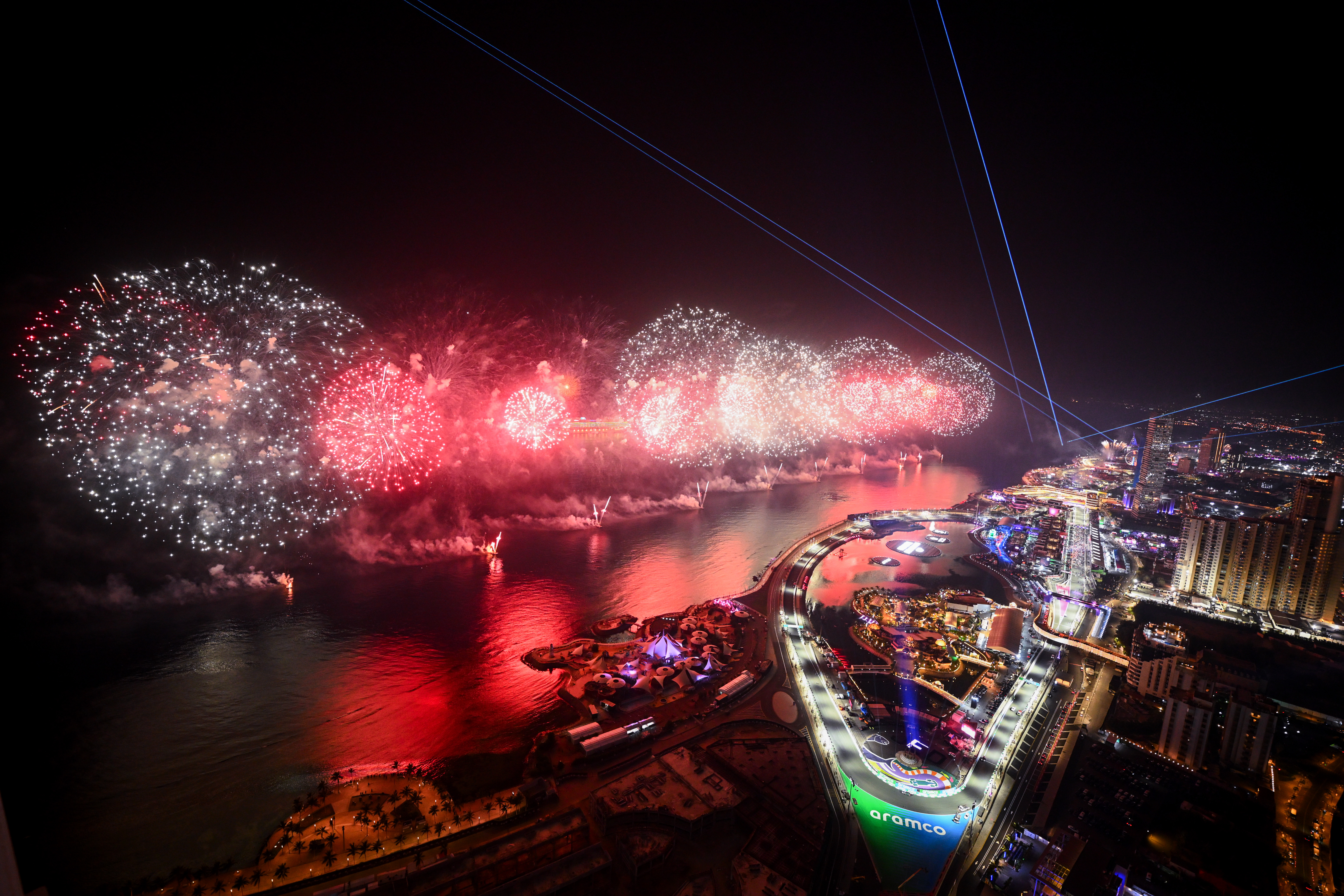
Fireworks, drones, lasers, floodlights, LEDs... you'd think this was compensating for something. Credit: Clive Mason/Getty Images
Red Bull really doesn’t want next year’s engine rules
Despite a meeting last week that was meant to put the matter to bed, the ongoing saga of changes to next year's powertrain rules just won't go away. From 2026 until 2030, the new powertrains will use a V6 that provides 55 percent of the car's power and an electric hybrid motor that provides the other 45 percent. So that means an F1 car will only be able to make its full 1,000 hp (750 kW) if there's charge in the battery. If the pack is depleted or derates, the car will have just 536 hp (400 kW) from its V6 engine.
Getting these new powertrains right is a big challenge, but it's one that almost all the OEMs and teams are on board with. Despite the introduction of supposedly carbon-neutral fuel next year, hybrid powertrains are why companies like Audi and Cadillac are joining and why Honda is coming back. So the idea to ditch them after a couple of years in favor of throwback V10s got turned down in Bahrain.
The problem is Red Bull, which is currently Honda's partner. Next year, Red Bull will use a V6 engine of its own making, with hybrid technology supplied by Ford. And for the last couple of years now, Red Bull team boss Christian Horner has been warning that the cars will run out of power halfway down the straights at tracks like Monza or Baku.
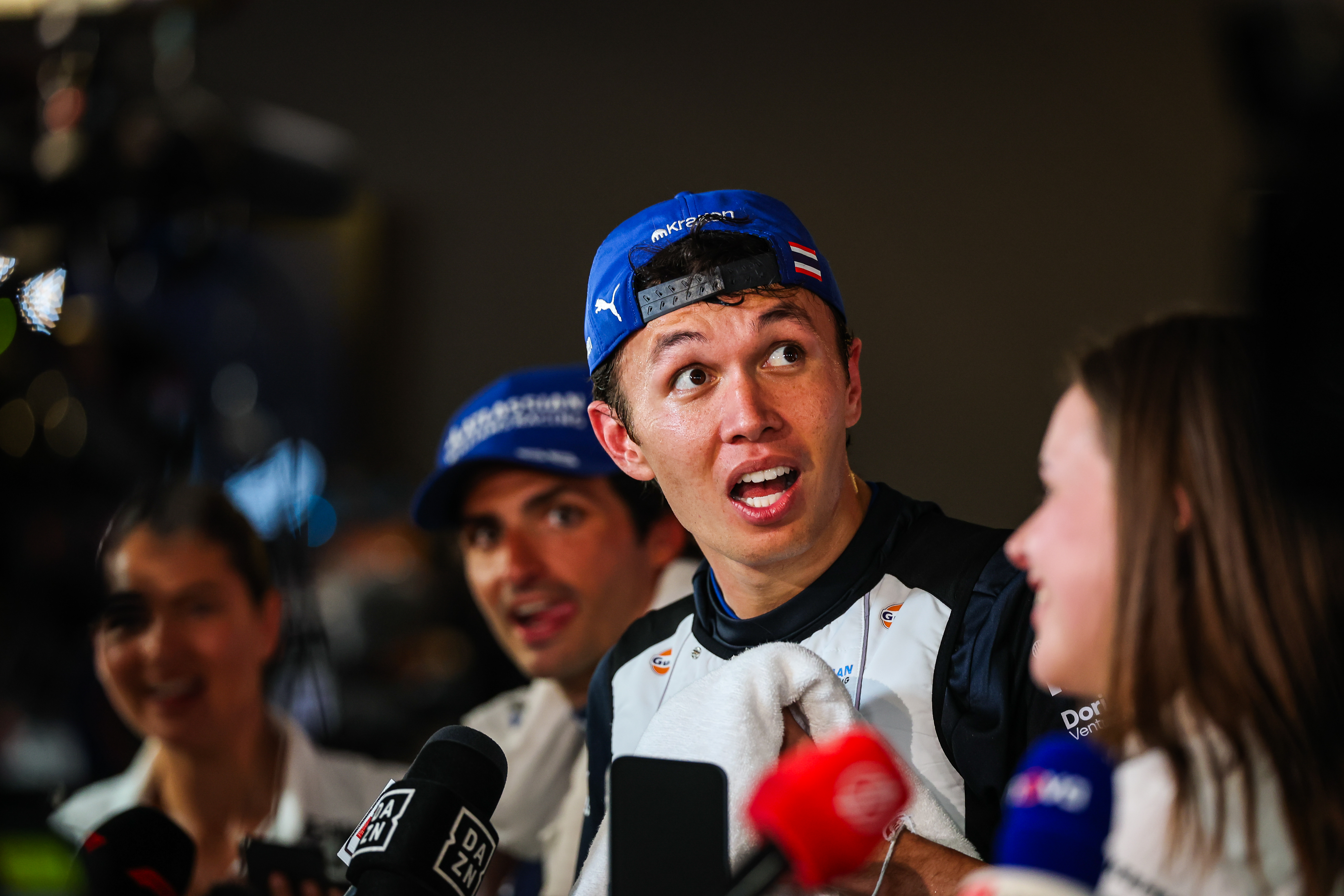
No, Alex, I can't believe they keep talking about changing the rules again, either. Credit: Kym Illman/Getty Images
Yesterday, The Race reported that there's yet another proposal to change next year's engine regulations, one that would reduce the amount of energy deployed by the hybrid systems during the race. "What we desperately want to avoid is a situation where drivers are lifting and coasting from halfway down the straight," Horner told The Race.
"It will be interesting to see" is among the list of banned phrases among the editors at Ars Technica, but between these complaints about the powertrains rules and other concerns about the moveable aerodynamics being introduced in 2026, I think it applies here. Are next year's rules a big misstep? Will the active aero work or the narrower tires? I can't wait to find out.
As I noted, qualifying was a game of milliseconds, best illustrated by this ghost car comparison video between Red Bull's Max Verstappen and McLaren's Oscar Piastri. According to the stopwatch, there was just a hundredth of a second between them. Less than a second covered the top 10 in qualifying. In Q2, where 15 cars compete for those 10 spots in Q3, there was just 1.1 seconds between first and last. And a second was all the difference between 1st and 18th in Q1.
That is far closer than F1 has ever been—many longtime fans can remember the days when the gap between first and second on the grid might be more than a second. And the reason is also why overtaking has become harder, despite aerodynamic rules meant to make passing easier.
Over the years, F1's technical rules have become increasingly prescriptive, and the current set is quite rigid in terms of how a car must be designed. Even something like weight balance front-to-rear is tightly controlled, and after four years of the same rulebook, the teams have all gotten a good enough handle on things that the difference comes down to the finest of margins.
Those last few milliseconds are found in clean air, however. Following in someone's wake isn't anything like the problem it used to be in terms of losing front downforce, but it's still worse than it was in 2022 or 2023.
Max got Maxxed, Lando got Lewised
Throughout practice, it looked like McLaren's car was much faster than anyone else's, but Piastri only lined up second, and Norris had to start 10th after wrecking early in Q3. At turn 1, Piastri got alongside Verstappen, then made it cleanly to the apex. Rather than concede the place and stay within the track limits, Verstappen chose to run across the painted surface that's out of bounds, using it to gain a second or more on the orange car behind him.
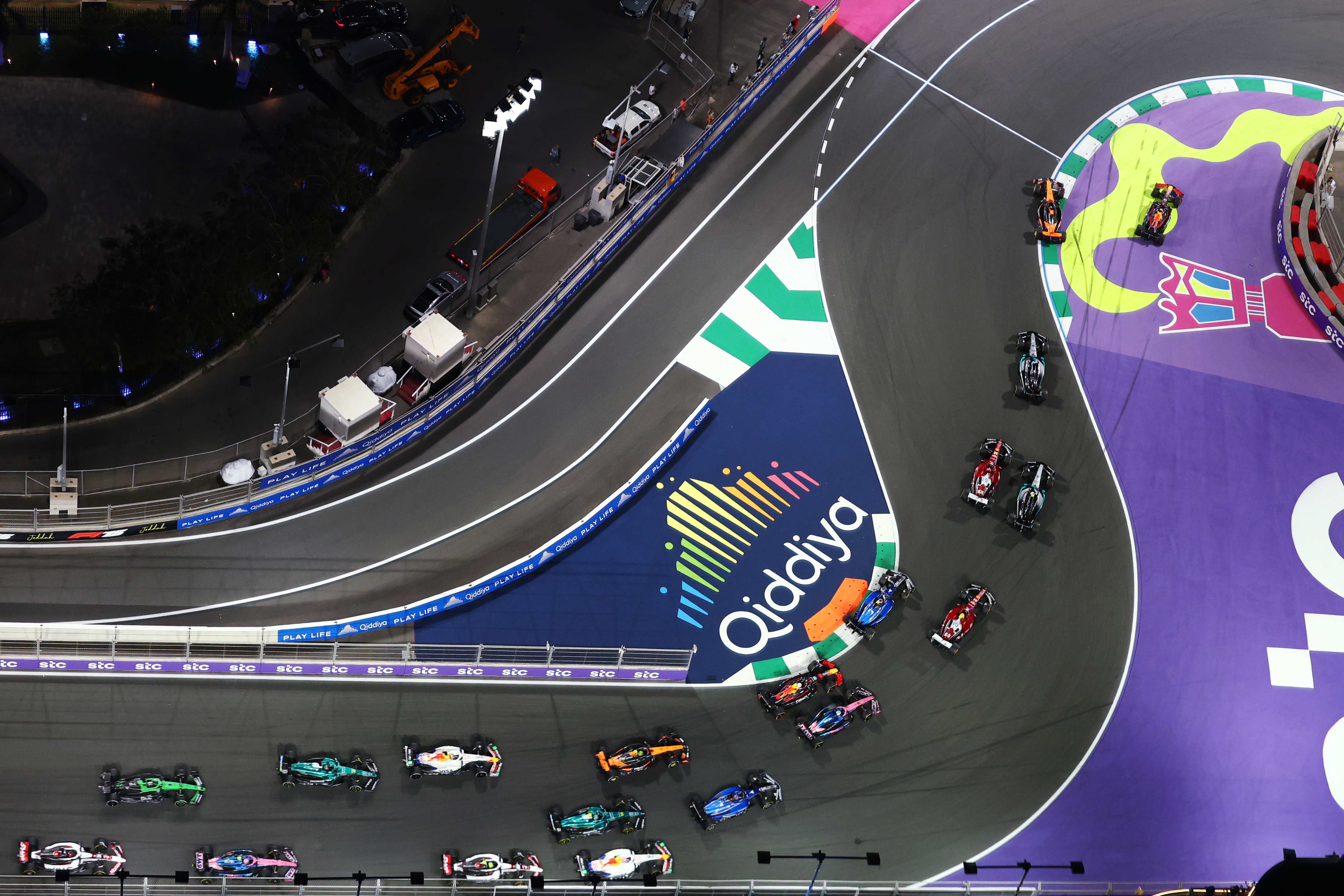
Piastri made the corner; Verstappen did not. Credit: Clive Rose - Formula 1/Formula 1 via Getty Images
Although lap 1, turn 1 incidents are treated more leniently by the stewards than the rest of the race, Verstappen's actions (and his failure to yield the place back to Piastri) earned him a five-second penalty, which all but ensured Piastri the win after the mandatory tire-changing pit stops had cycled through.
The advantage of running in clean air was such that Verstappen would probably have held onto first place had he not been issued the penalty. And those predictions of McLaren's long-run pace turned out to be off the mark—Verstappen finished less than three seconds behind the McLaren.
There was more overtaking behind those two. Charles Leclerc got his Ferrari past the Mercedes of George Russell in the late stages of the race to snatch third, and McLaren's Lando Norris recovered from 10th place to 4th at the finish. Norris has lost the lead in the driver's championship to his younger teammate, though, and while it's probably too early to be talking about momentum, Piastri is gaining some.
A telling moment came when Norris had to get past Lewis Hamilton, who was having a torrid time in his Ferrari. Overtaking at Jeddah was helped a lot by having three zones for the drag reduction system, but you had to be smart about where you made your move.
The second DRS zone led to the final hairpin (turn 27), but overtaking someone here just gives them the opportunity to use their DRS to overtake you almost immediately, as the third zone runs the length of the start-finish straight, just after that hairpin. We saw this to good effect when Hamilton and Verstappen fought for the title in 2021, but apparently Norris didn't get the memo. He twice tried to overtake Hamilton going into turn 27 rather than after it, and both times, Hamilton took advantage of his error.
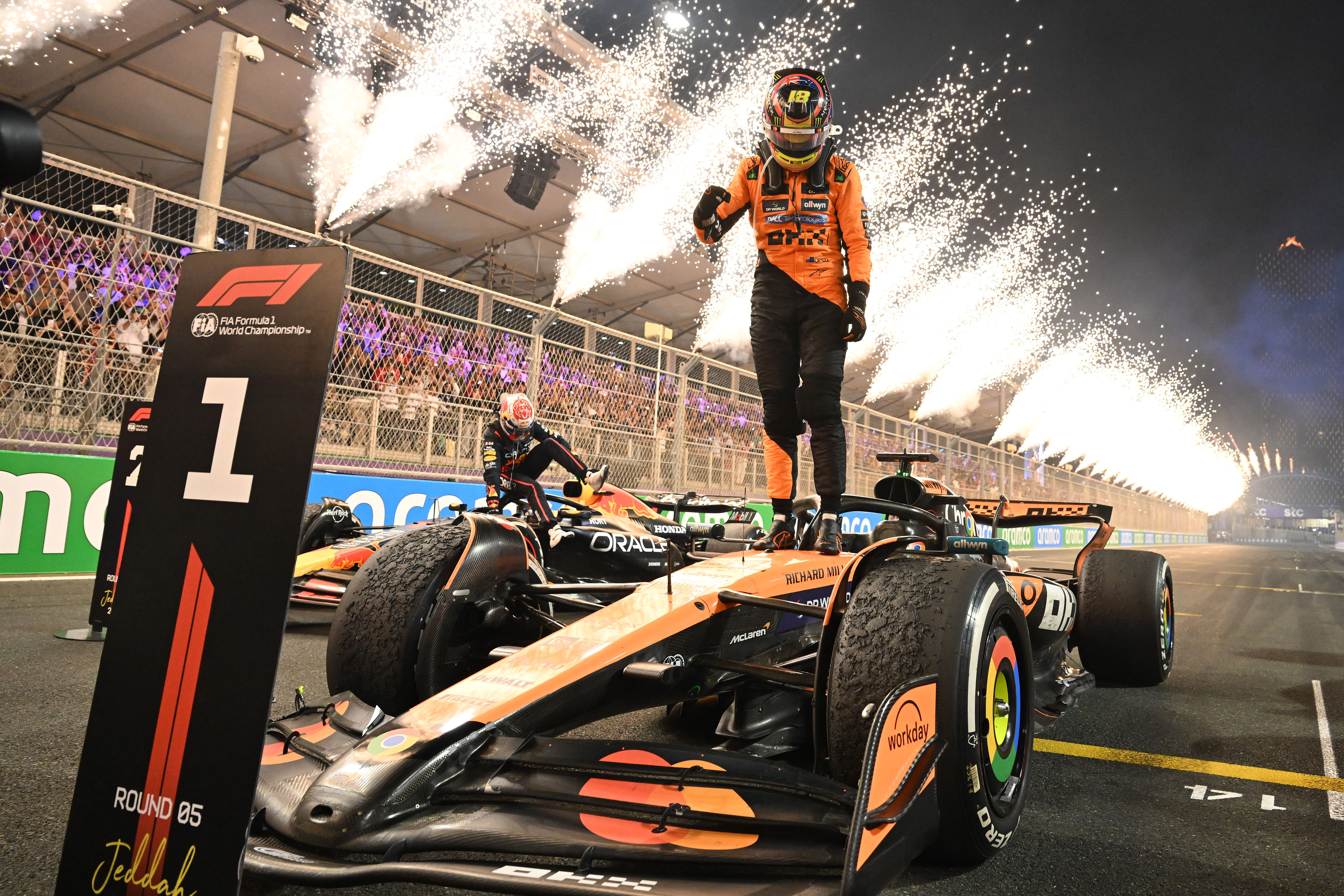
Piastri in victory lane. History warns us that teams with two equal drivers and the best car often lose out on the driver's championship to an extremely good driver in a slightly lesser car and a less quick teammate. Will 2025 be like 1986 and 2007? Credit: Mark Sutton - Formula 1/Formula 1 via Getty Images
Those extra laps behind Hamilton could have cost Norris the final spot on the podium, something he may well rue at the end of the season when all the points are added up.

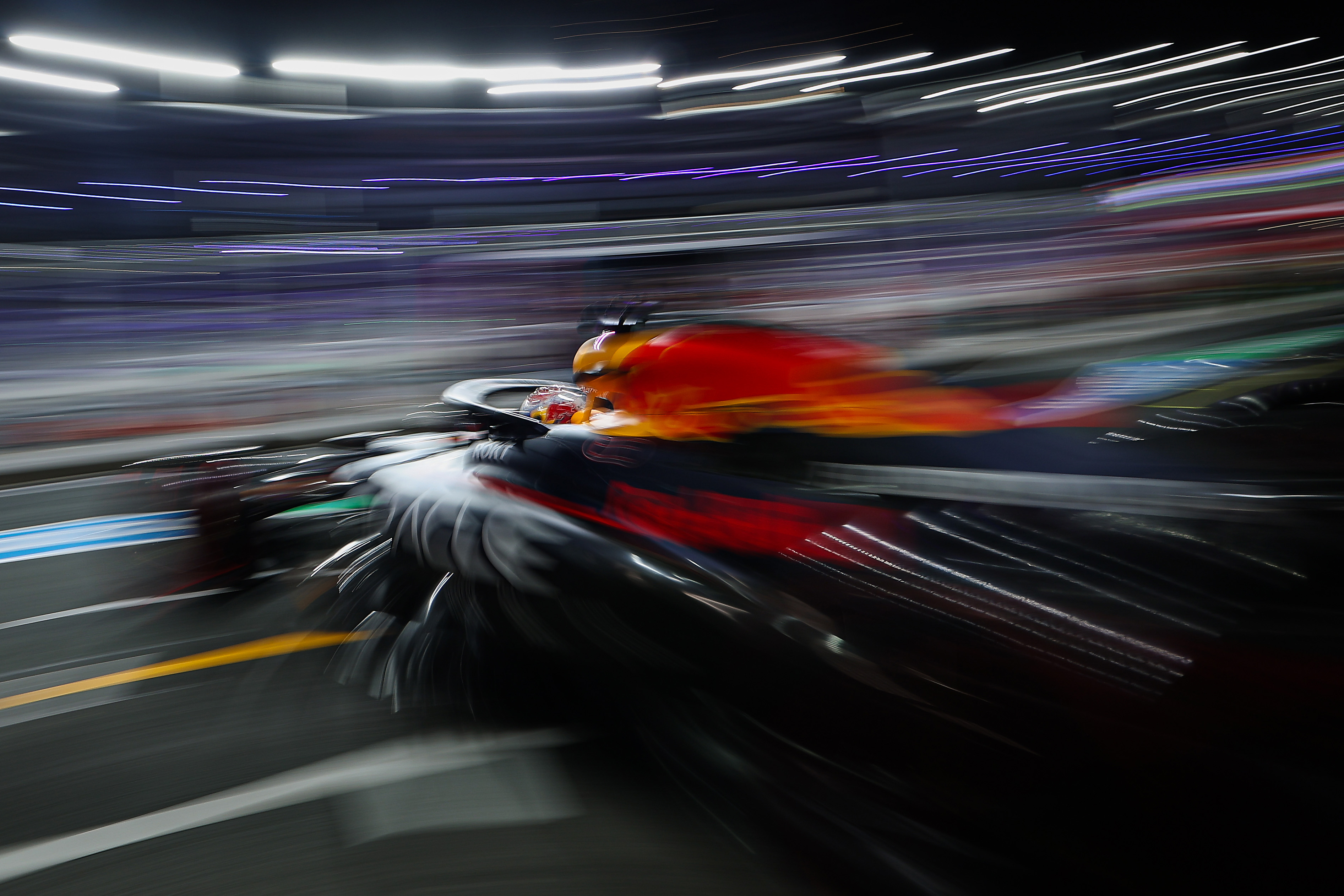
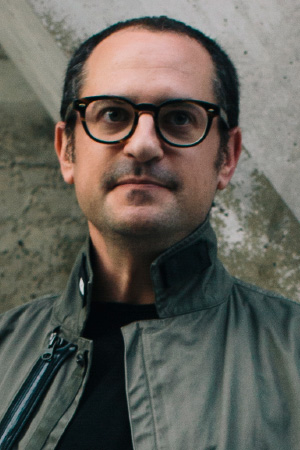









 English (US) ·
English (US) ·